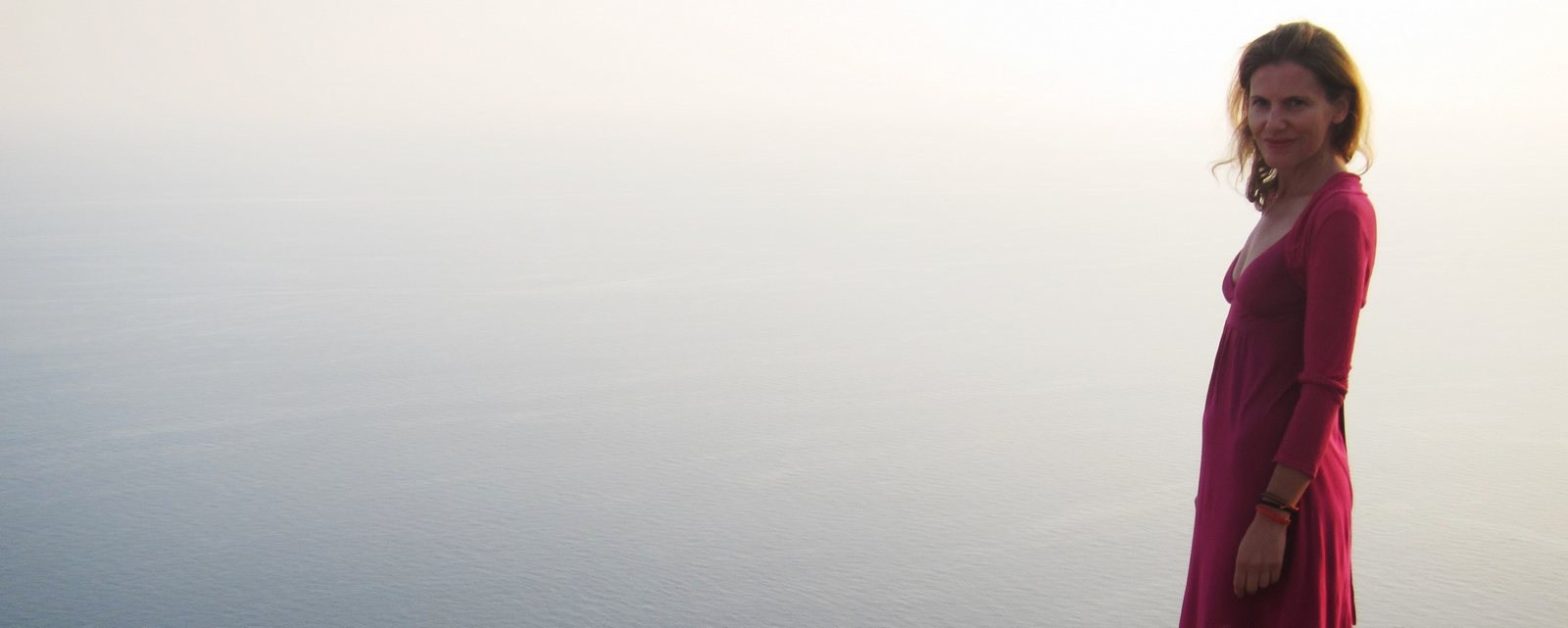Bio

Born 1970 in Gdansk, Poland.
In 2006 graduated from The Painting Department of The Cracow Academy of Fine Arts, The Studio of Professor L. Misiak. Participated in several dozens group exhibitions in Poland and abroad. Took part in many art festivals and contests of contemporary art.
Major solo exhibitions:
‘Persons’, Polish Library, Amsterdam, the Netherlands; ‘Sfumato’, Wirydarz Gallery, Lublin; ‘Lapidarium of dream’, Raven Gallery, Cracow; ‘My own constellation’, Konduktorownia, Czestochowa; ‘Intymistic’, Mala Galeria, Nowy Sacz; ‘The Source’, Galeria Autorska B. Chromego, Cracow; ‘Migraine with aura’, Alchemia, Cracow; ‘Where am I when I sleep?’, CSW Solvay, Cracow.
Lives and works in Cracow. Specialized in oil painting.
Organization: The Union of Polish Artists and Designers (ZPAP).
‘It is a mood painting that we find in ourselves, like we discover how to remember or to forget. It has a melancholy side, unpretentious suggestion to the world, friends and history. Sometimes you recall a poem, someone’s thought or story suit flawlessly to the world of contemporary ideas. That was also the case of Katarzyna Zawierucha’s painting. Her paintings reminded me of the Rabindranath Tagore’s poem, who wrote:
‘An angel sat at the fount, looked into its surface and saw himself as a man in tears and he was astounded by the immense sadness that appeared in the transparence of its waves.’
Katarzyna Zawierucha sits on the edge of her life in a place where, unnoticed, not exposing herself, she conjures up images full of positive tensions. We enter blue colors derived from green and gray. Some elements are alive, vibrating, described. They tell the story. Katarzyna sharpens them like in a camera, decides what a viewer should focus at. All of this comes down to trust, it connects the world of fairy tales, dreams and personal secrets, creating a painting. HER TRUTH.’
prof. Andrzej Szarek
‘This is the kind of painting which does not strike with aggressive message. It is not connected with popular, social issues, does not try to comment on socio-cultural status of the contemporary man including child. It is rather a form of personal confession, an attempt to touch existence issues; more general and universal for human life, not only child life as the surface formal analysis would suggest. Although the child is the hero of the paintings, the paintings semantic layer goes deeper. A certain confirmation of the above interpretation seems to be the title of the presented group of pictures: “Where Am I When I Sleep”. This apparently simple childish question is in fact the question about the internal world which means about human identity. This is an issue which does not have a simple straightforward answer – defining and building it takes time, which often fills our entire life..
These pictures try to touch reality. Katarzyna does not describe the world but tough artistic metaphor express it trying at the same time to paint out the vagueness of the place where the man finds himself in the world. This place is vague because a man is vague too. He has potential but it is not sure how he will use it. All this is in the theme of the works which is later embodied in the paintings. The ability to pose questions and trying to answer them with paintings show a great sensitivity and maturity of the author. The way of expression the author uses leaves the spectator a great interpretation space.’
dr hab. Piotr Korzeniowski
“Lapidarium of Dreams” exhibition is a collection of paintings transported straight from the dream, although they are not faithful reflections of what can be dreamt.
The difference between the real and the unreal is an aspect that allows us to identify the structure of our experiences – a sphere we can merely approximate. It is an attempt
to record this unique state. It is a free interpretation of what can be formally expressed when the dream – like atmosphere of the series is retained.